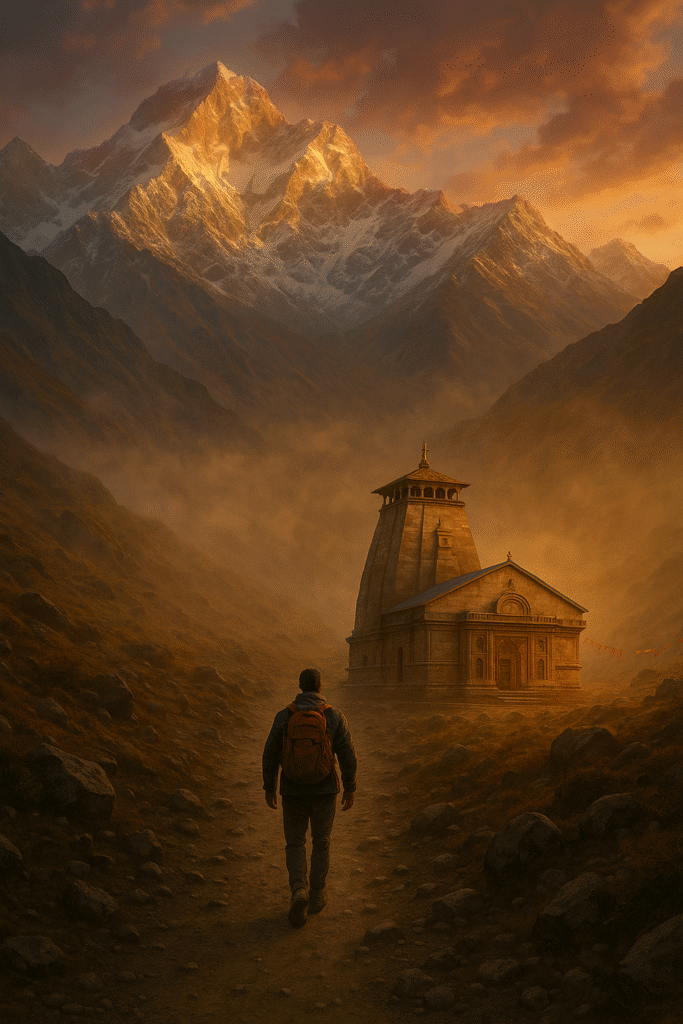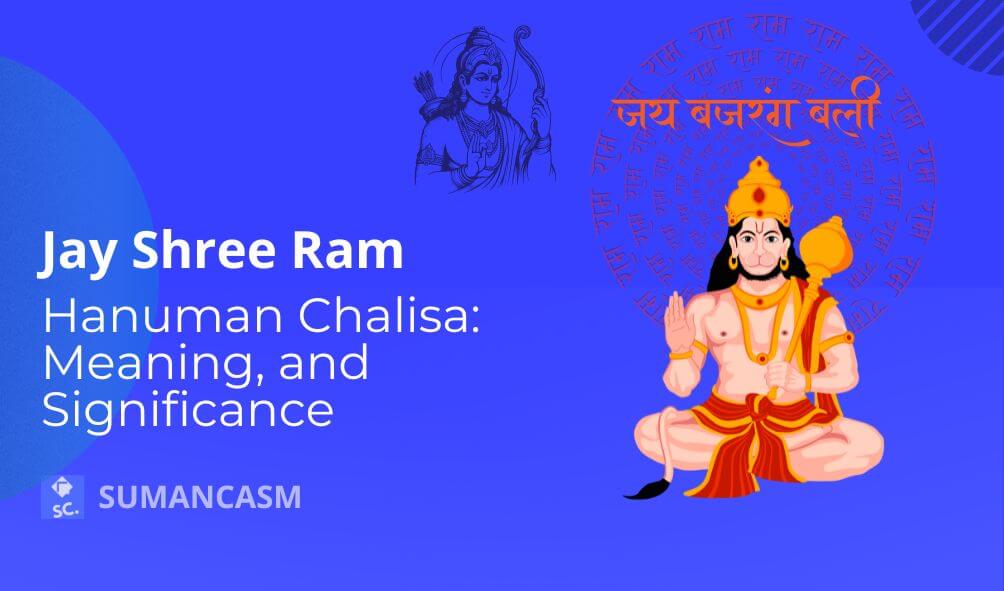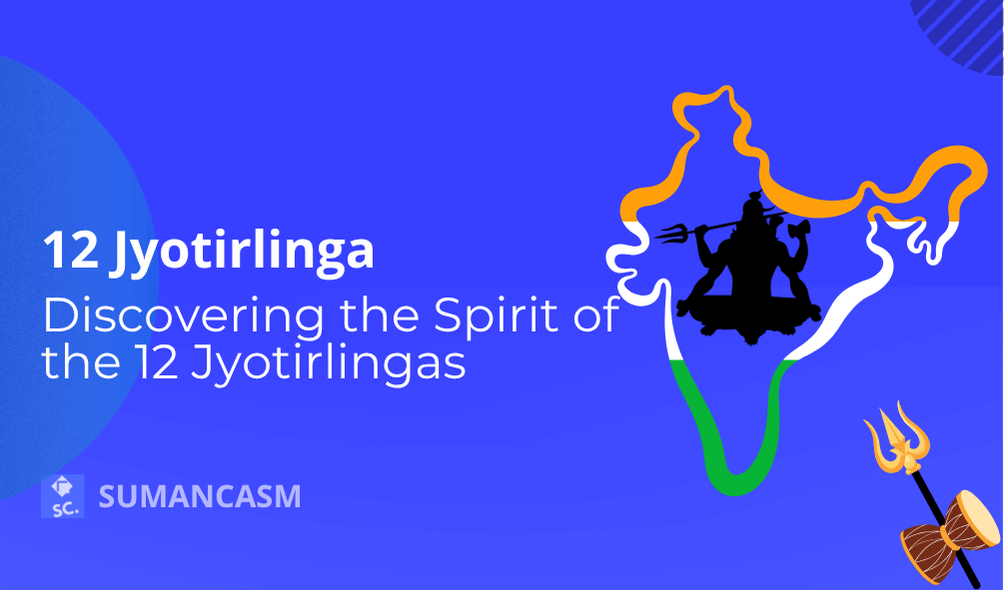
Introduction: Kedarnath Trek Awaits
Some journeys begin with a map. Others begin with a pull that comes from silence, snow, and spirit. The Kedarnath trek is not just a physical climb; it’s a sacred journey through myth, nature, and one’s inner resolve.
In October 2024, just before the kapat (temple doors) closed for winter, I undertook the Kedarnath trek with a challenge: complete the entire 48 km (24 km uphill, 24 km down) within 24 hours. What followed was a story etched in every aching muscle and every silent moment with the mountains.
Planning for Kedarnath Trek 2025
Kedarnath opening date 2025: May 2, 2025, is when the doors of the Kedarnath temple open for the devotees.
Kedarnath closing date 2025: The Kedarnath temple is expected to close for the winter season on October 23, 2025. This date is usually two days after Diwali, coinciding with Bhai Dooj. The final closing date is confirmed on Vijayadashami. The temple is expected to reopen in April or May of 2026.
The Legend Behind the Kedarnath Trek
Every step on the Kedarnath trek walks you through history wrapped in mythology.
After the Mahabharata war, the Pandavas sought Lord Shiva to atone for the bloodshed. Shiva, disheartened, took the form of a bull and disappeared into the mountains. When found, he dove into the earth–his hump remained at Kedarnath. Other parts of his body appeared across the Garhwal region, forming the revered Panch Kedar temples.
The hump at Kedarnath became a pilgrimage site thousands of years old. Today, that legend breathes through every rock, whispering stories to those who listen.
The 48 km Kedarnath Trek Experience
Our Kedarnath trek started from Gaurikund early one morning. The trail was alive with faith, pilgrims chanting, mules carrying the elderly, the Mandakini River flowing by like a divine hymn.
The first few kilometers felt manageable, even energizing. The air smelled of pine and devotion. But as altitude increased, so did the challenge—steep climbs, oxygen thinning, cold winds slapping your face. Yet, there’s something about Kedarnath: the more it hurts, the deeper the peace.
We began the trek from Gaurikund in the early morning and reached the Kedarnath temple by evening. The trail challenged our bodies but kept our spirits alive. Arriving at the temple nestled at 11,755 feet felt surreal. The golden light of dusk bathed the ancient shrine, and in that moment, I was overcome with emotion, my eyes filled with tears, and my heart felt as though it had opened completely.
We spent the night in Kedarnath, resting and soaking in the spiritual energy of the place. The next morning, we had the divine darshan of the Kedarnath Jyotirlinga. The experience was brief yet powerful. Soon after, we trekked up to the Kal Bhairav Temple—protector of Kedarnath. The climb was steep but short, and the energy at the top was raw and commanding.
After darshan and a hearty breakfast, we began our descent at around 12:30 PM. Step by step, we made our way down the same winding path, this time carrying with us the spiritual weight of the darshan. By 7:30 PM that evening, we were back at Gaurikund.
The entire journey, spread over nearly 36 hours with a night stay in Kedarnath, tested our endurance and uplifted our spirits. It was never about rushing; it was about receiving. This soulful pilgrimage was measured not by time, but by transformation.
What to Pack for the Kedarnath Trek
Preparing well is crucial for anyone attempting the Kedarnath trek in a day. Here’s a list of essentials to make your journey safer and more comfortable:
- Lightweight trekking shoes: Preferably waterproof and with a strong grip.
- Layered clothing: Mornings are chilly, afternoons warm, and nights freezing.
- Rain cover or poncho: Weather can change without warning.
- Snacks and hydration: Dry fruits, energy bars, glucose, and ORS sachets.
- Headlamp/torch: A must-have for those trekking at night.
- First aid kit: Carry pain relief sprays, band-aids, and altitude sickness tablets.
Being well-prepared reduces fatigue and enhances your spiritual and physical experience.
Temples and Sacred Stops Along the Route
Before reaching Kedarnath, the route is dotted with powerful spiritual landmarks that deserve a quiet moment of reverence:
- Dhari Devi Temple (near Srinagar, Garhwal): Revered as the guardian deity of the Char Dham, Dhari Devi sits in the middle of the Alaknanda River. A visit here is considered auspicious before continuing toward Kedarnath.
- Rudraprayag: Witness the sacred confluence where the Mandakini meets the Alaknanda River, one of the five holy Prayags where Ganga takes form.
- Guptkashi: Stop at the Vishwanath Temple and the Ardhanarishwar Temple. This town is steeped in legends tied to Shiva and Parvati.
- Sonprayag: The point where devotees begin their journey to Gaurikund. The convergence of rivers and powerful spiritual energy makes it ideal for a quick prayer.
- Rameshwaram Temple near Ganga bank: A serene, lesser-known shrine where Lord Ram is believed to have stayed, nestled on the bank of the Ganges.
These sacred sites make the journey as meaningful as the destination itself.
What’s Next After Kedarnath?
If Kedarnath has stirred your spirit, you’re just getting started. You can expand your pilgrimage in two beautiful directions:
1. Chhota Char Dham Yatra
- Badrinath: 2–3 days. Visit the sacred Vishnu temple in the lap of the Nar and Narayan peaks.
- Yamunotri: 1–2 days. A relatively moderate trek to the origin of the Yamuna River.
- Gangotri: 2 days. Reach the source of the Ganges and explore the beauty of the Bhagirathi valley.
Ideal duration: 8–10 days total with road travel.
2. Panch Kedar Circuit
For Shiva devotees, the full Panch Kedar Yatra is the ultimate quest. It includes:
- Kedarnath, Tungnath, Rudranath, Madhyamaheshwar, and Kalpeshwar.
Plan for 10–14 days, depending on weather and fitness. It’s a deeper dive into Garhwal’s untouched trails and myths, ideal for those seeking solitude and spiritual immersion.
Responsible Kedarnath Trek: Pilgrim’s Guide
The Himalayas give us peace, but they ask for responsibility in return. A responsible Kedarnath trek ensures this land stays sacred for generations to come:
- Leave no trace: Carry back every wrapper and bottle.
- Avoid plastic: Use steel or reusable bottles.
- Support locals: Stay in homestays, eat at dhabas.
- Respect silence: Keep loudspeakers and music off.
- Stick to trails: Protect the fragile ecosystem.
Pilgrimage isn’t just walking to a temple; it’s walking with respect.
Conclusion: Your Kedarnath Trek Remains Within
The Kedarnath trek doesn’t end when your legs stop walking. It lingers.
Even now, when city life gets loud, I return to that mountain in memory. I feel the weight of my backpack, the cold on my cheeks, and the strange joy in suffering for something sacred.
I didn’t just climb a trail. I climbed into stillness. I carried tired legs but came back with a lighter soul. The 36-hour, 48-kilometer journey revealed something no road ever showed me before: peace.
Planning your own Kedarnath Trek 2025? Drop a comment, and I’ll be happy to share tips, gear recommendations, or help you map your route.
Let the mountains call you. You’ll return lighter.





1 thought on “Kedarnath Trek in 36 Hours: 48 km Spiritual Journey to the Himalayas”
Pingback: 12 Jyotirlingas of Shiva: Story, Places & My Journey - Sumancasm